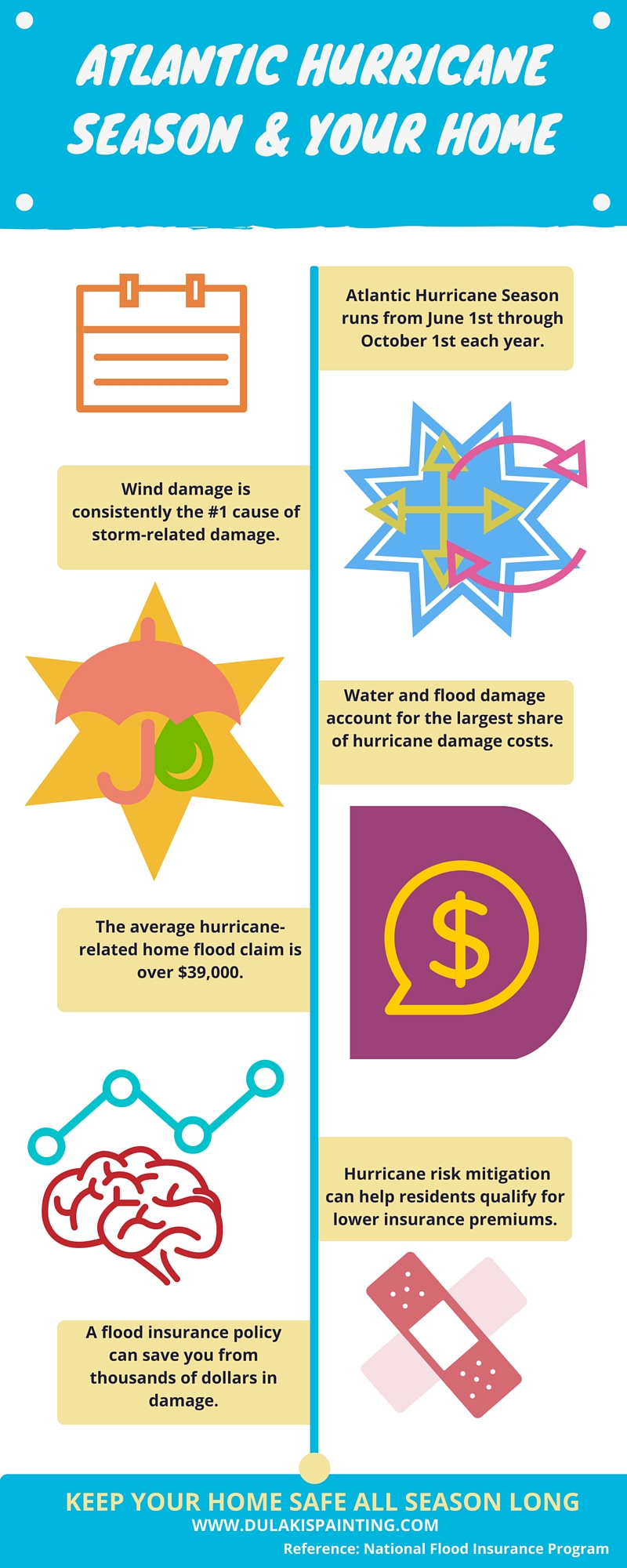Seasonal Considerations For Business Exterior Painting: What You Need To Know
Seasonal Considerations For Business Exterior Painting: What You Need To Know
Blog Article
Authored By-McLamb Rodriquez
When you're preparing a commercial outside paint job, seasonal factors can make or damage your outcomes. You'll want to consider exactly how temperature level and humidity influence paint application and drying out times. Picking the right period can guarantee your paint sticks properly and lasts much longer. Yet which seasons are truly the best for this type of job? Let's discover the key elements that can influence your project's success.
The Impact of Temperature Level on Paint Application
When you're intending an industrial outside painting project, the temperature can significantly impact how well the paint adheres and dries out.
Preferably, you want to repaint when temperature levels vary in between 50 ° F and 85 ° F. If it's also chilly, the paint might not cure properly, causing issues like peeling off or cracking.
On the flip side, if it's too hot, the paint can dry out as well rapidly, stopping correct attachment and leading to an uneven coating.
You should also take into consideration the time of day; early morning or late afternoon provides cooler temperature levels, which can be much more beneficial.
Constantly inspect the maker's recommendations for the details paint you're using, as they often offer guidance on the ideal temperature level variety for optimum results.
Moisture and Its Result on Drying Times
Temperature isn't the only environmental element that affects your industrial external paint project; moisture plays a significant duty also. High humidity levels can reduce drying out times dramatically, affecting the general high quality of your paint task.
When the air is filled with dampness, the paint takes longer to cure, which can result in issues like poor adhesion and a higher threat of mold growth. If you're repainting on a particularly damp day, be prepared for extended delay times between layers.
It's critical to keep track of regional weather conditions and plan accordingly. Preferably, go for humidity levels in between 40% and 70% for optimum drying.
Keeping ceiling painting company golden valley consider mind ensures your project remains on track and delivers a long-term finish.
Best Seasons for Commercial Exterior Painting Projects
What's the very best season for your commercial outside paint jobs?
https://simonqzhqy.goabroadblog.com/33395111/on-the-quest-for-a-fresh-new-look-for-your-home-find-the-secrets-to-selecting-the-ideal-paint-shades-and-preparing-your-room-for-a-remodeling and early fall are generally your best options. During these periods, temperature levels are moderate, and moisture levels are typically lower, creating optimal conditions for paint application and drying.
Stay clear of summertime's intense heat, which can create paint to completely dry as well swiftly, leading to poor attachment and coating. In a similar way, winter season's cool temperatures can impede correct drying out and treating, risking the longevity of your paint task.
Go for days with temperatures in between 50 ° F and 85 ° F for optimal outcomes. webpage in mind to examine the regional weather prediction for rain, as damp problems can destroy your task.
Planning around these variables ensures your painting project runs smoothly and lasts much longer.
Final thought
To conclude, preparing your commercial outside painting jobs around seasonal considerations can make a substantial difference in the result. By scheduling work throughout the suitable temperature levels and moisture levels, you'll guarantee far better bond and drying out times. Bear in mind to watch on regional weather report and choose the right time of year-- springtime and very early loss are your best choices. Taking these steps will aid you accomplish a long lasting and expert surface that lasts.
